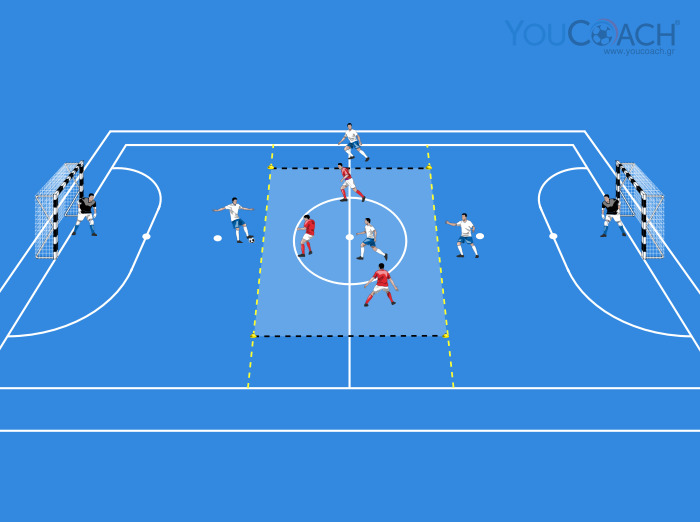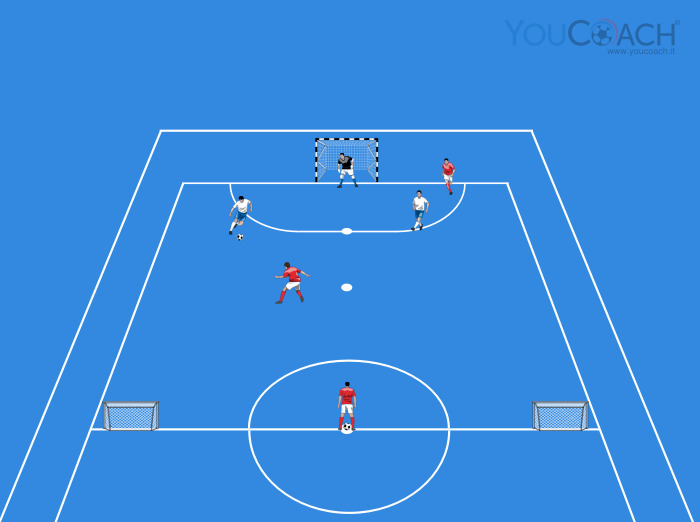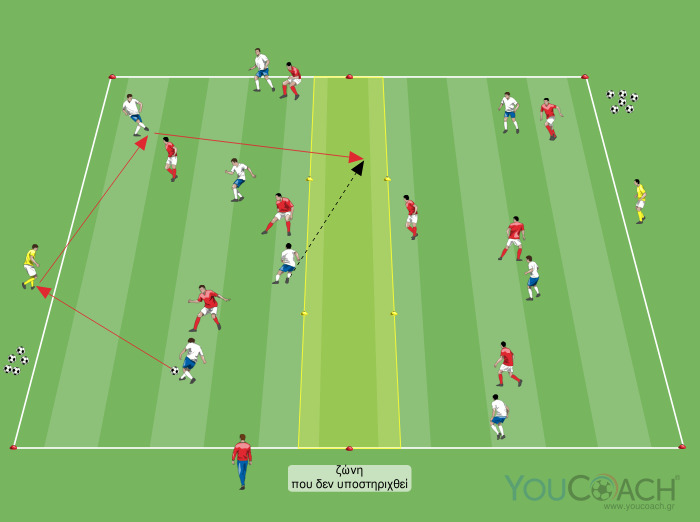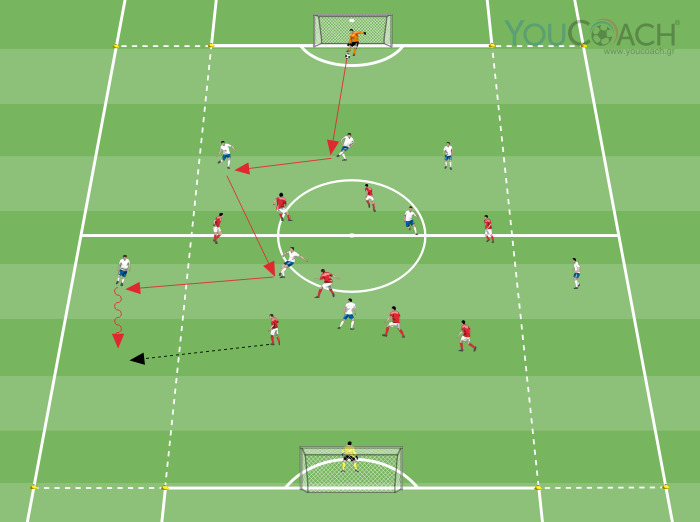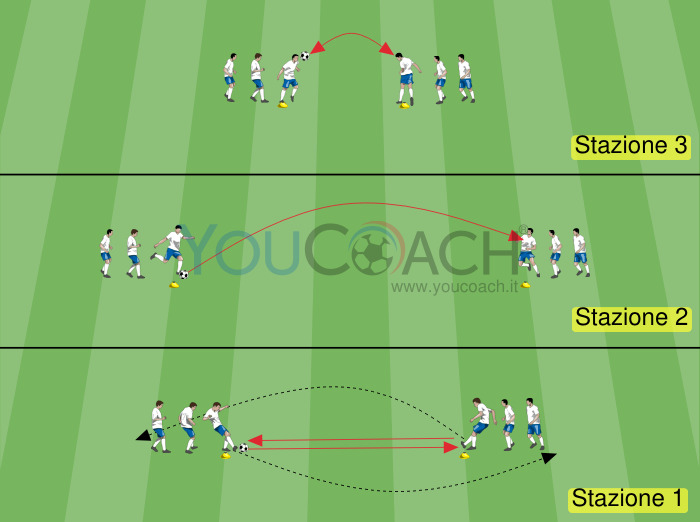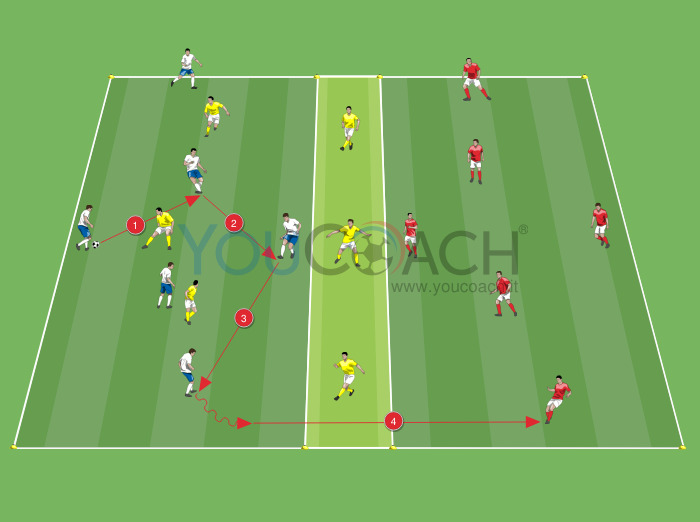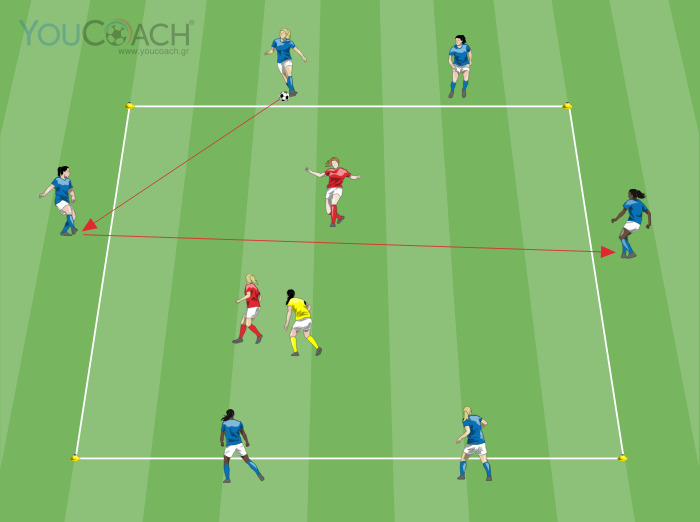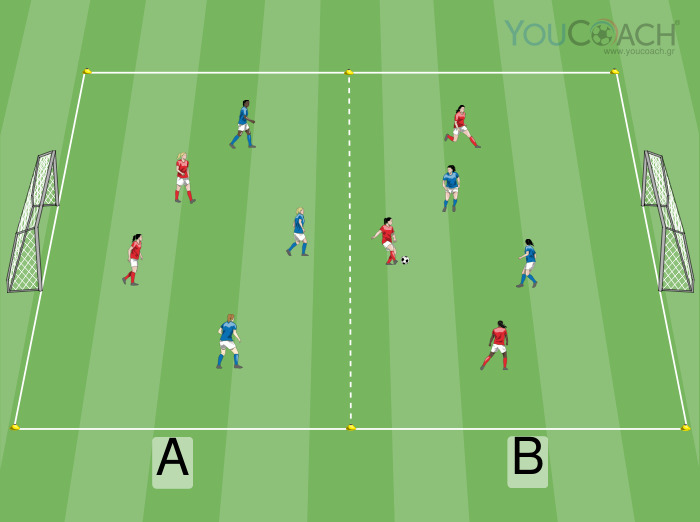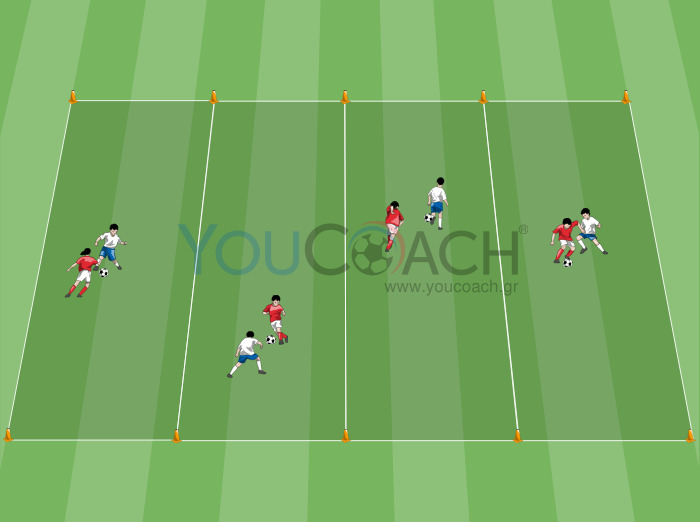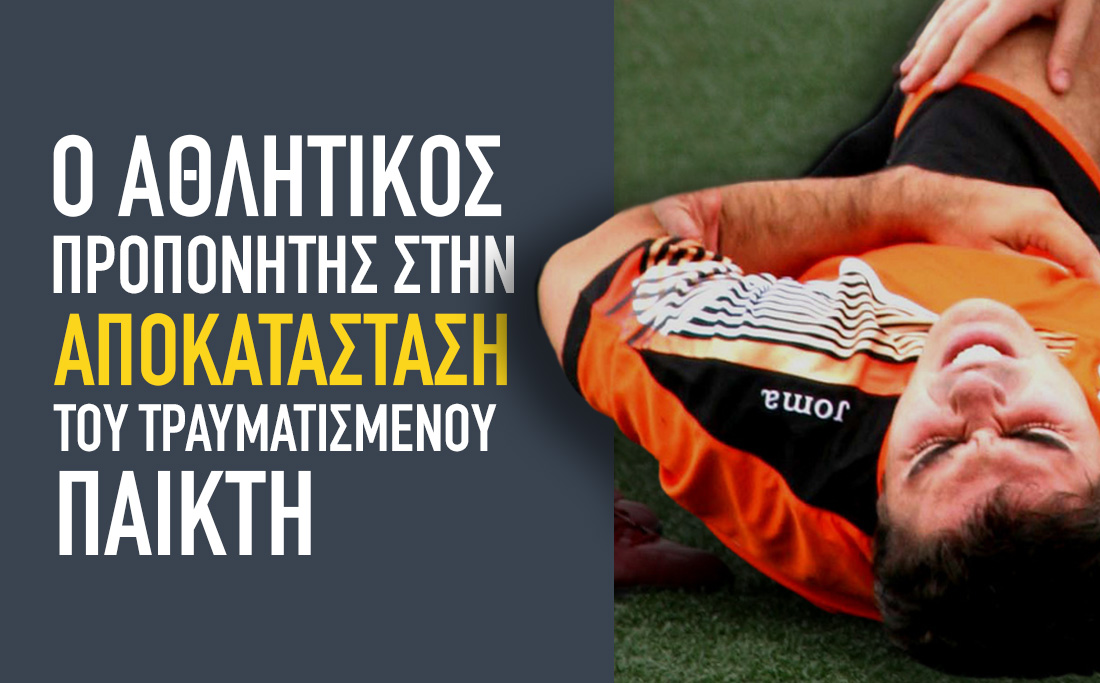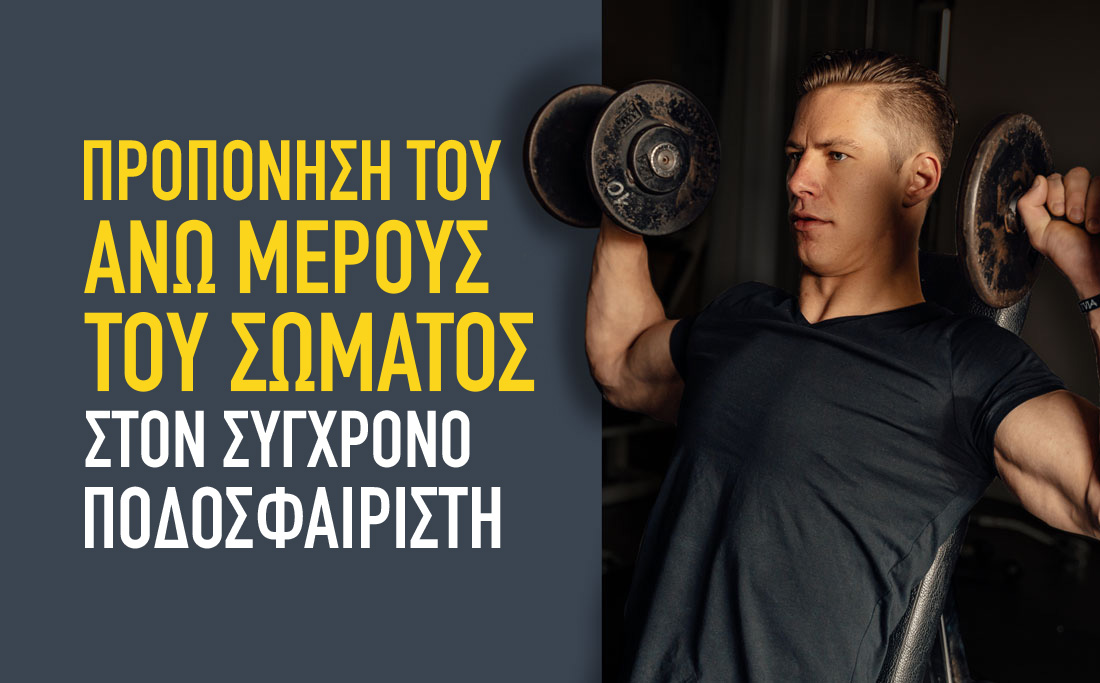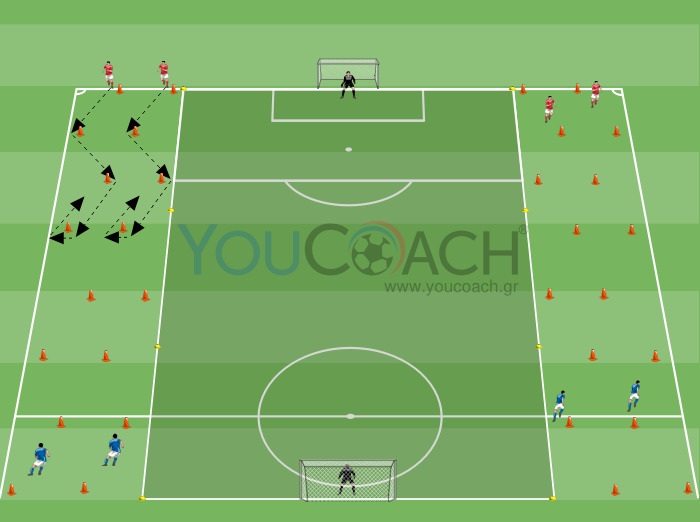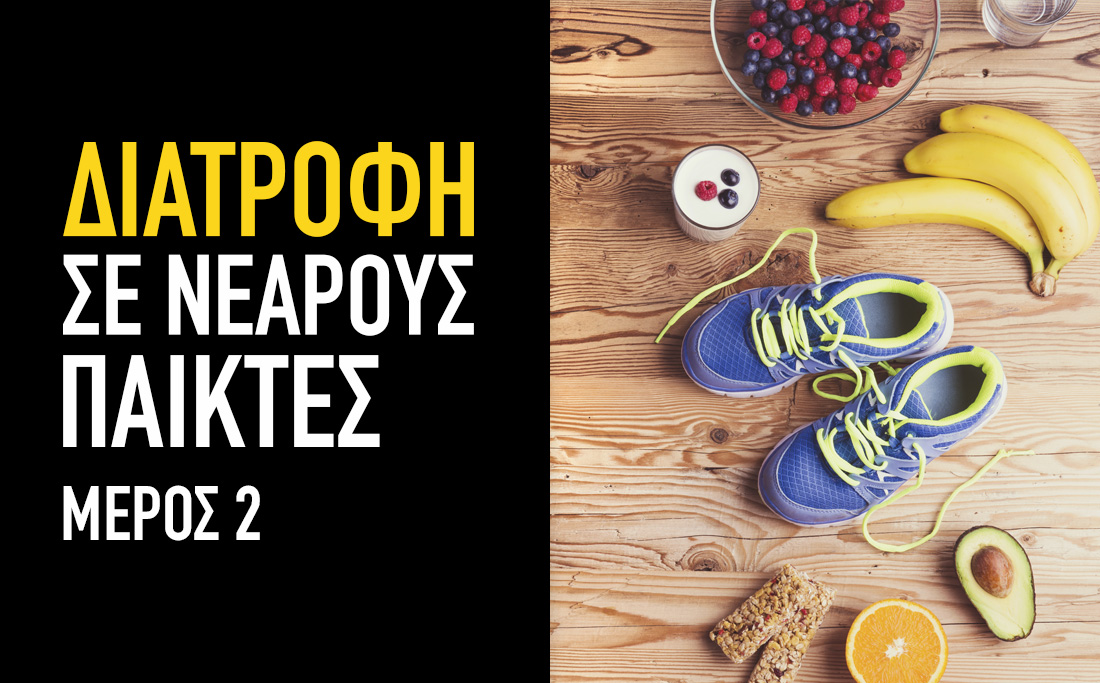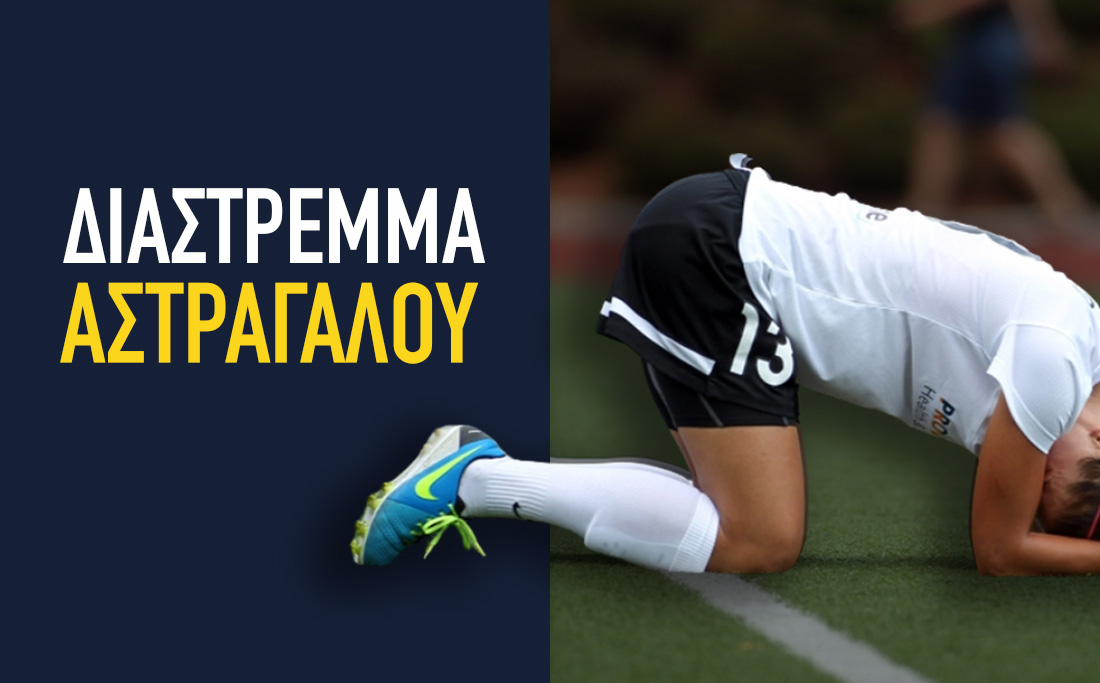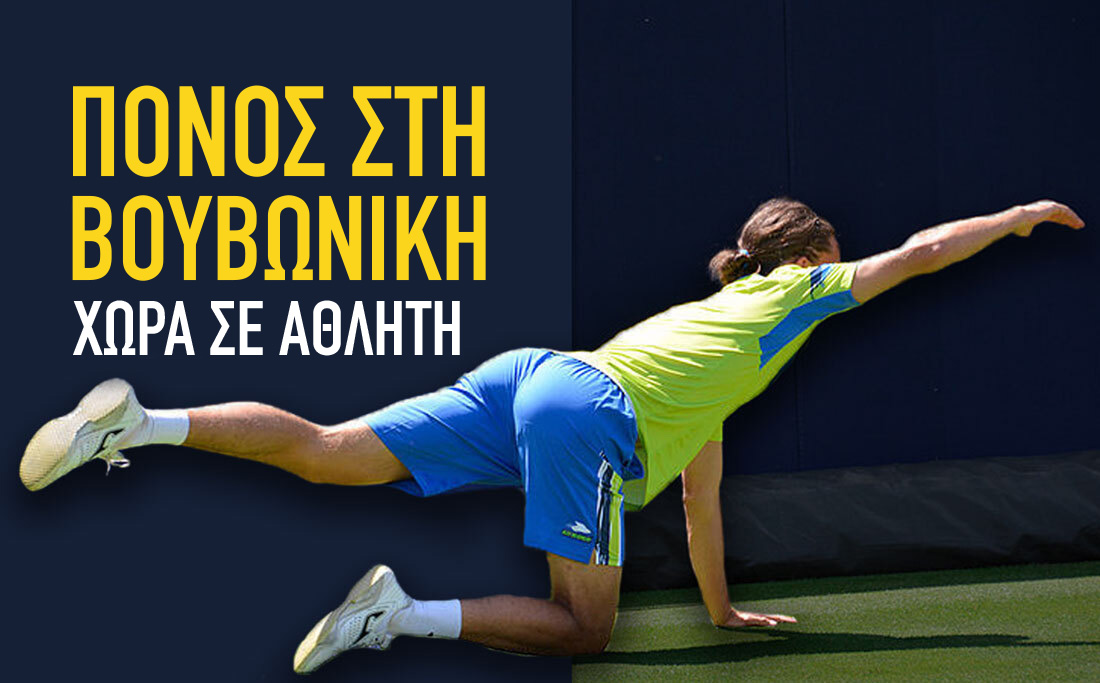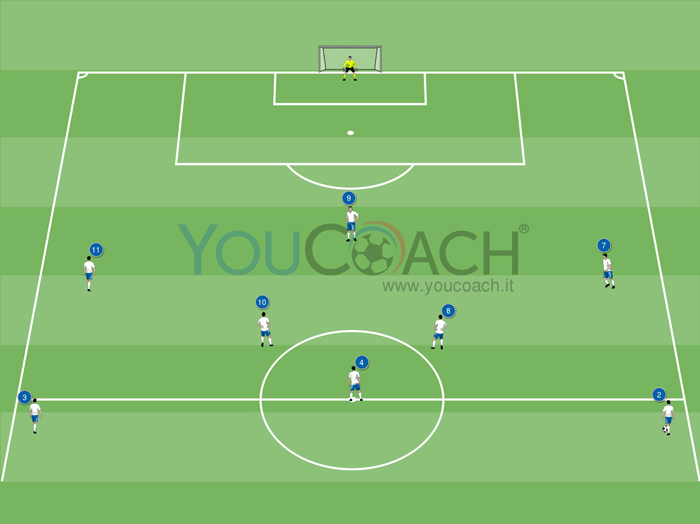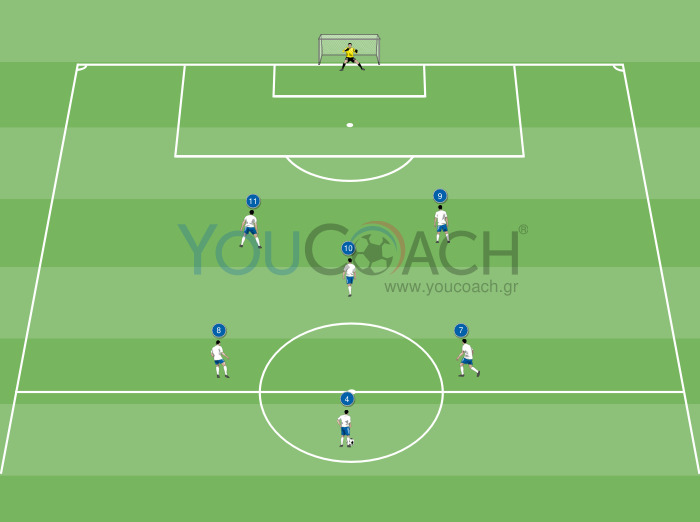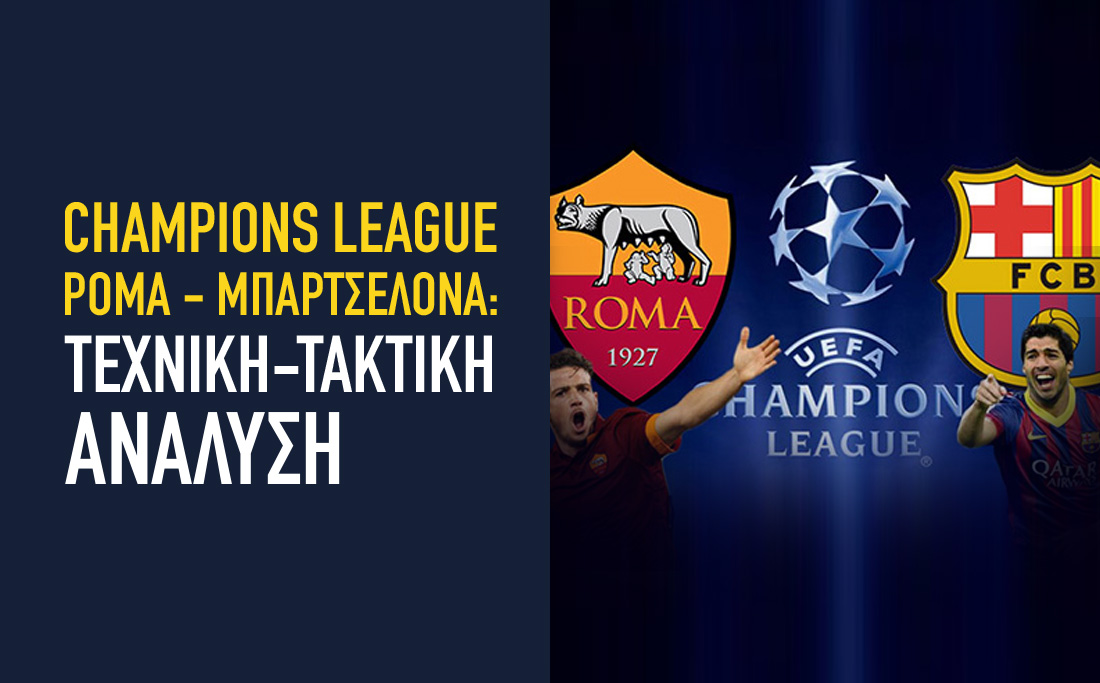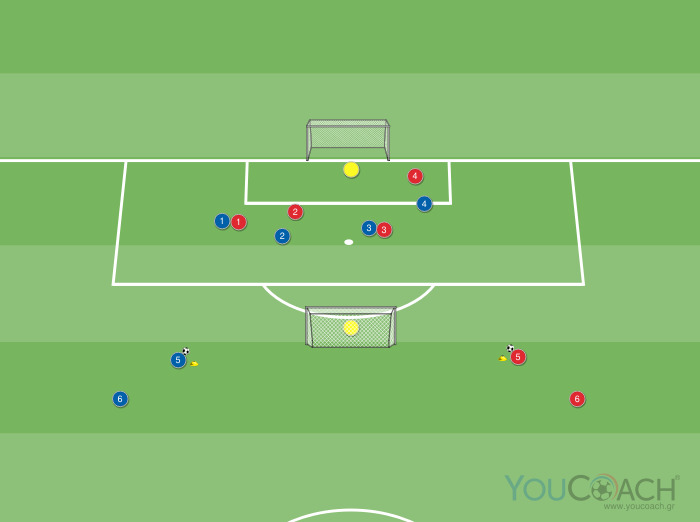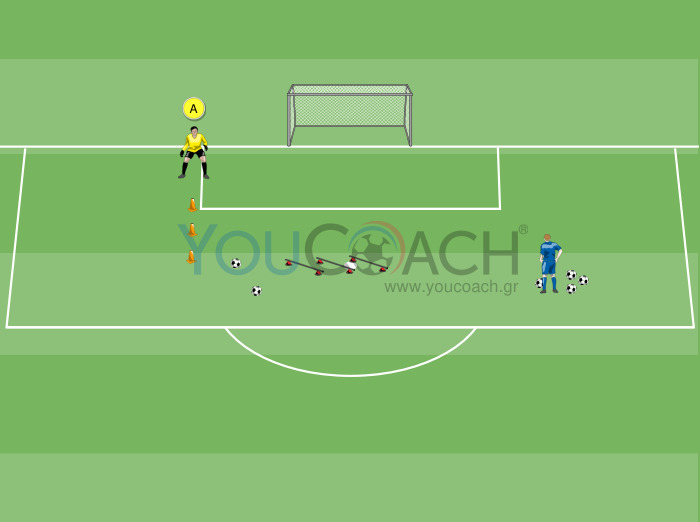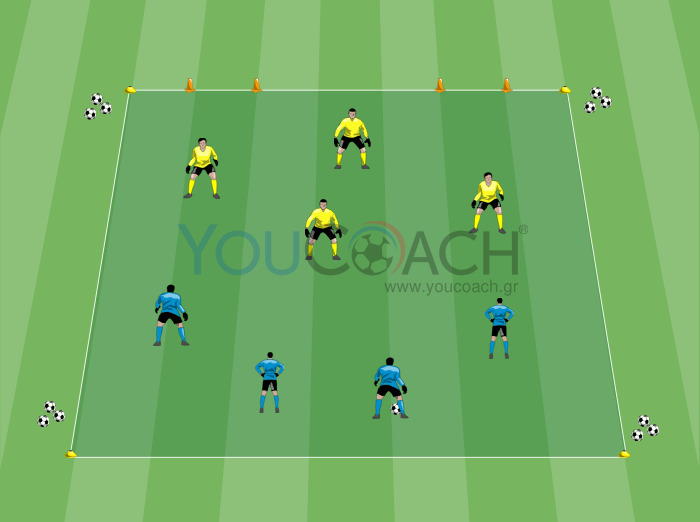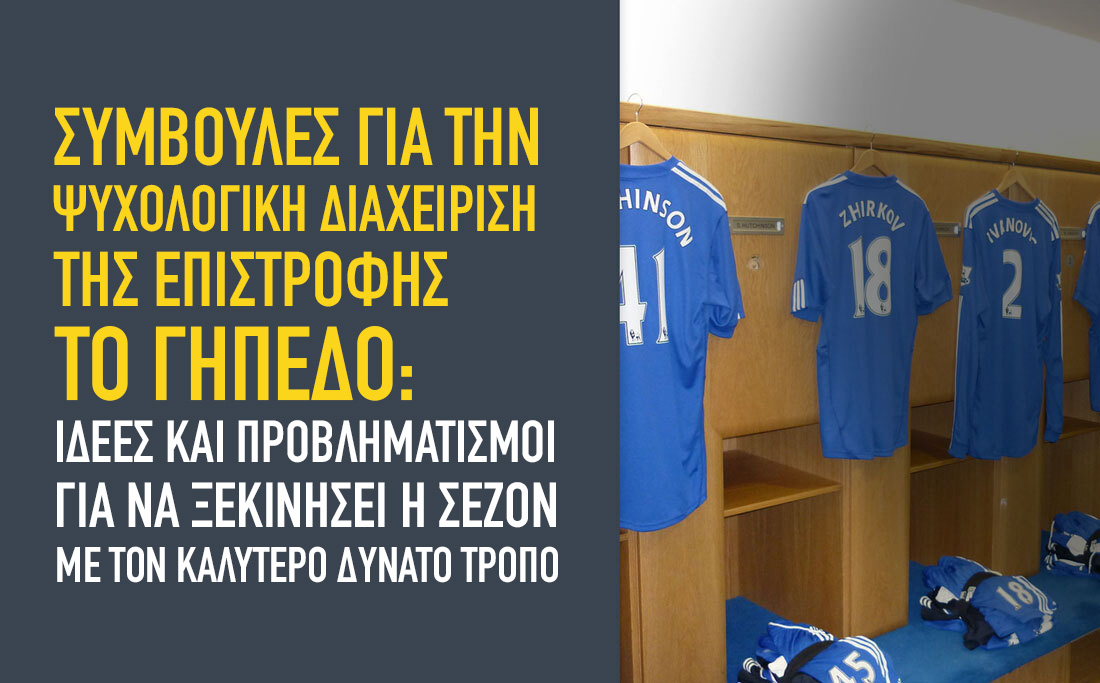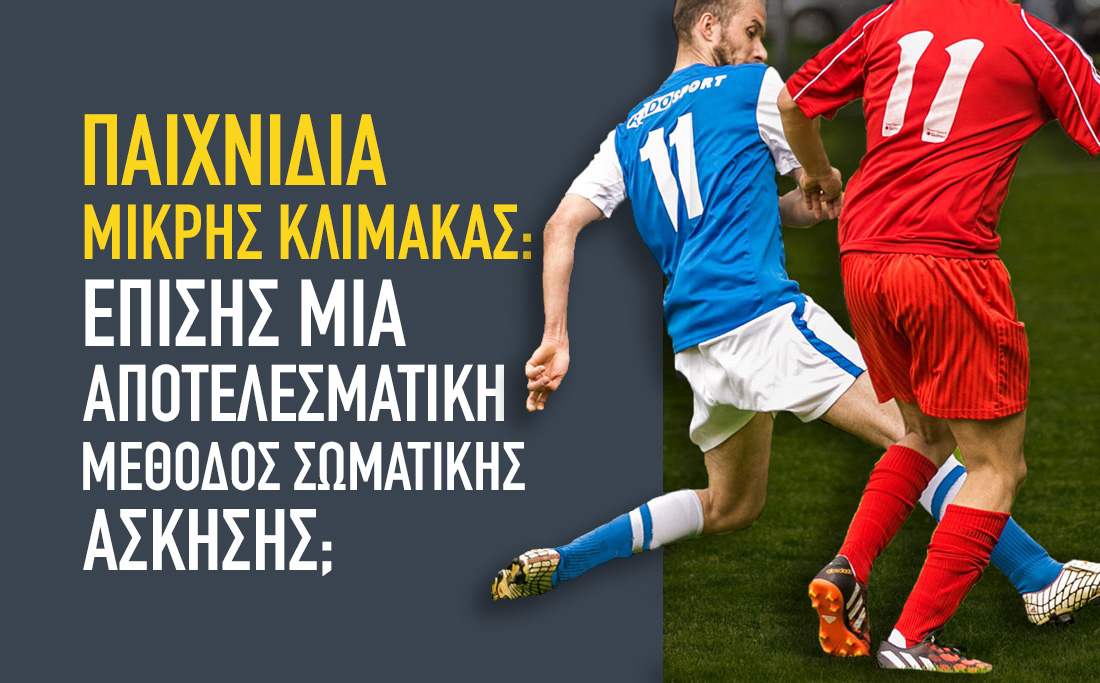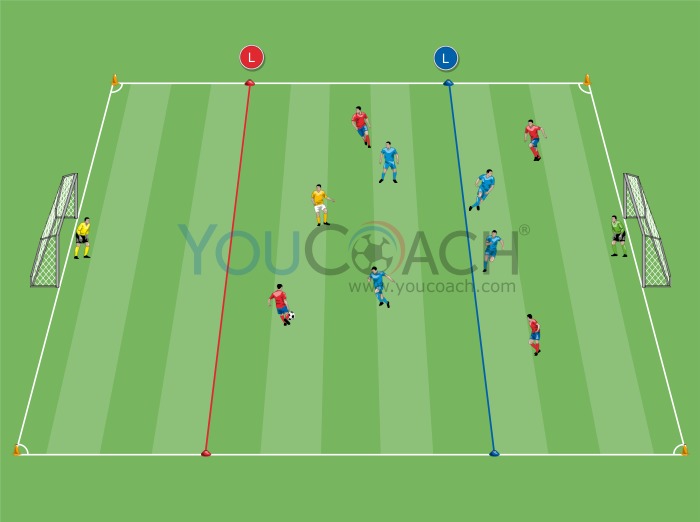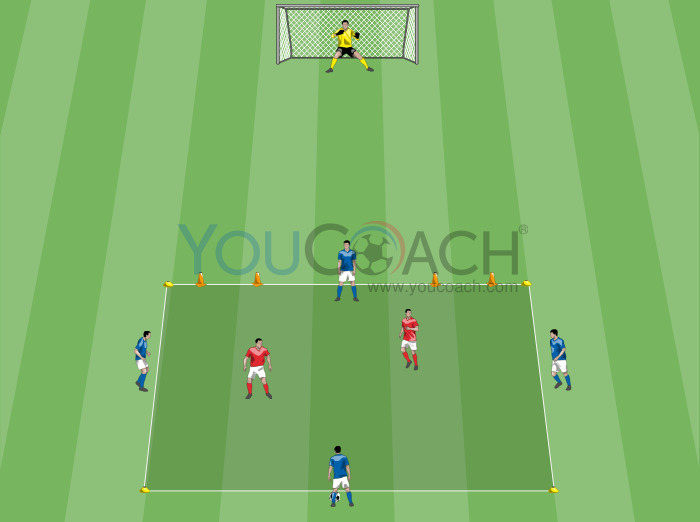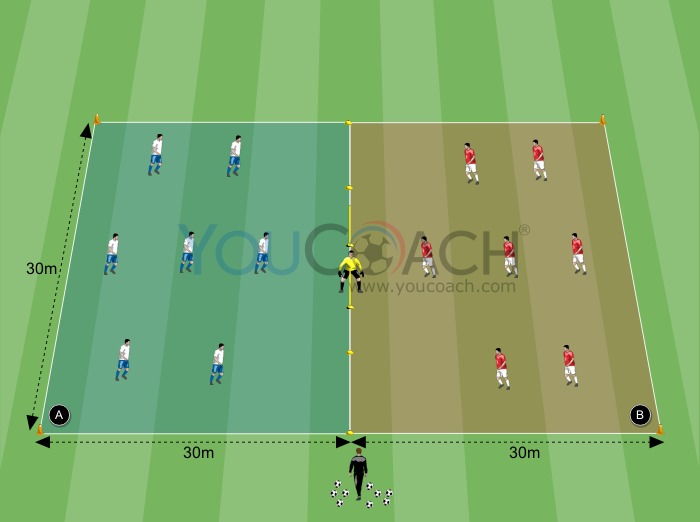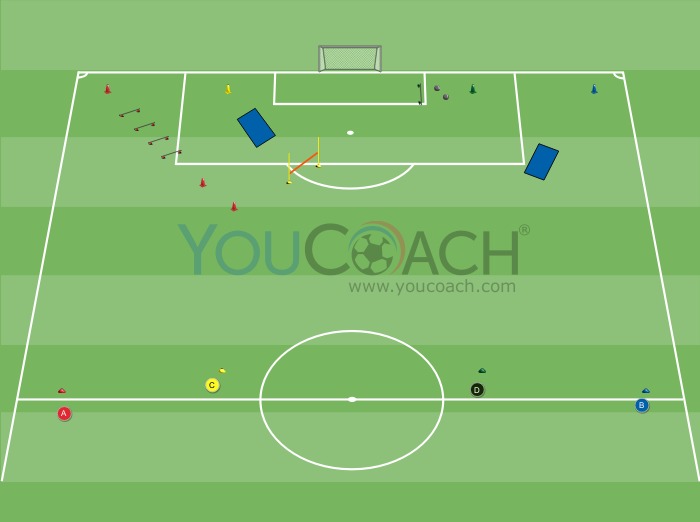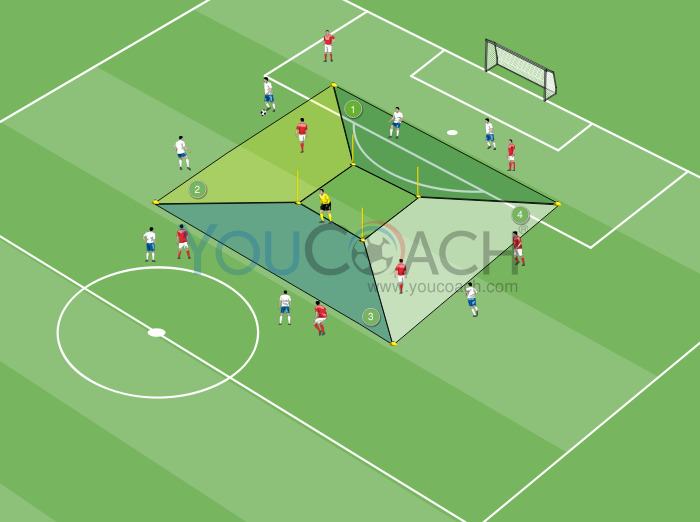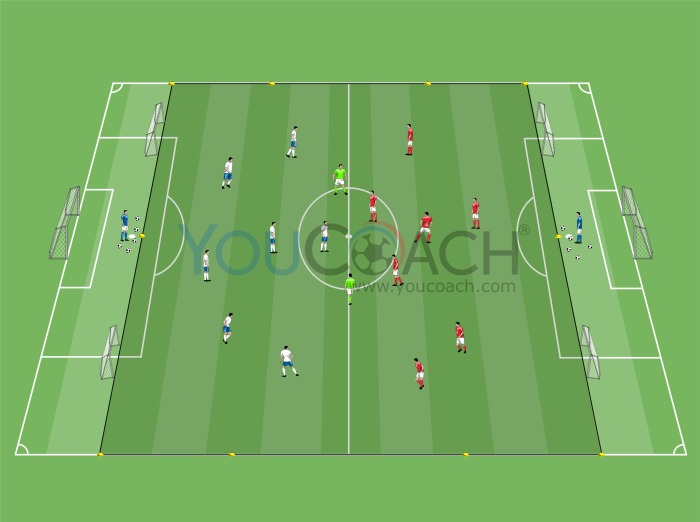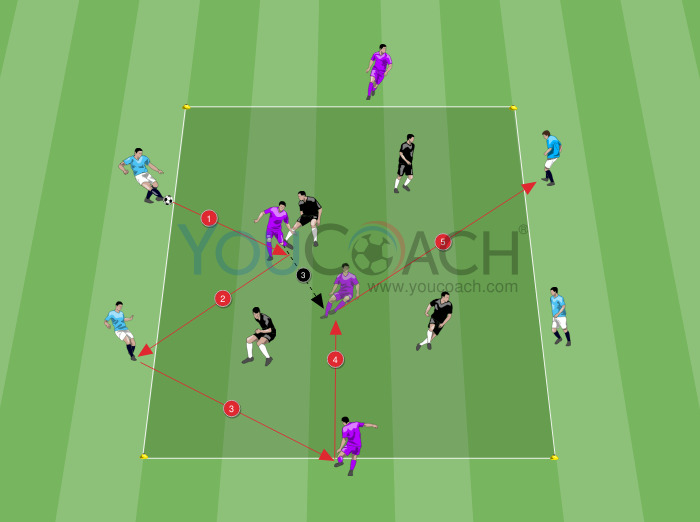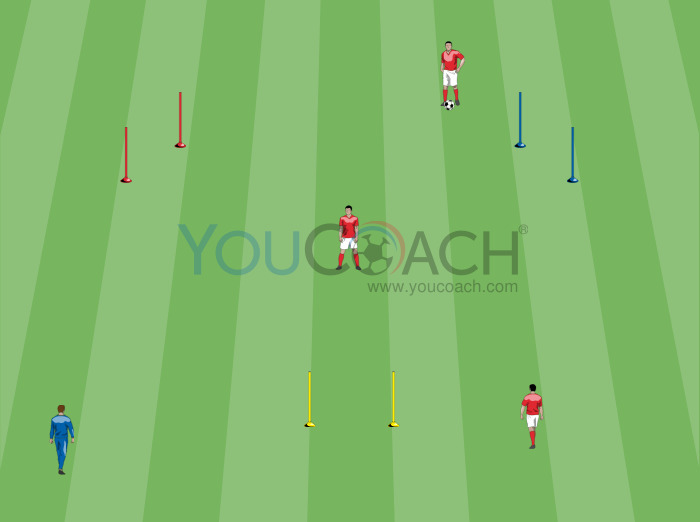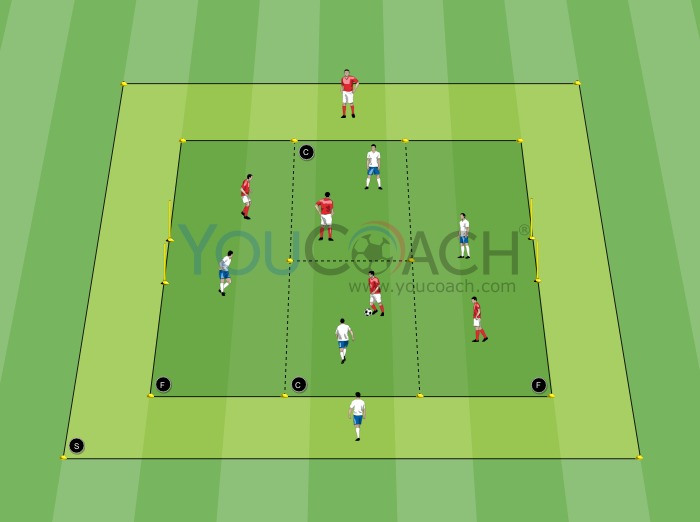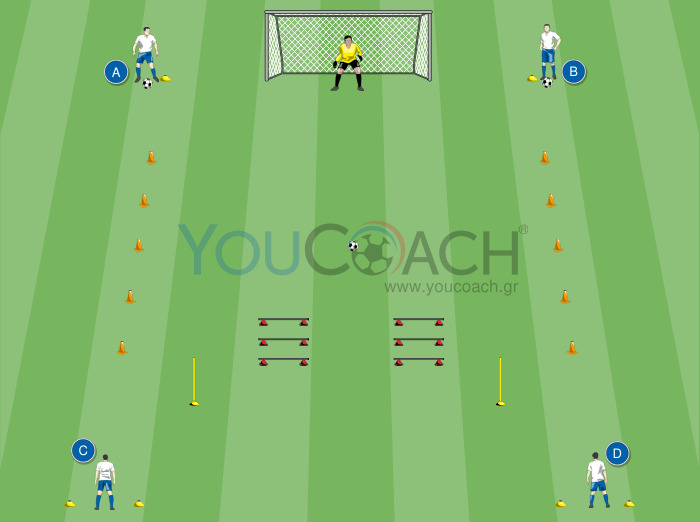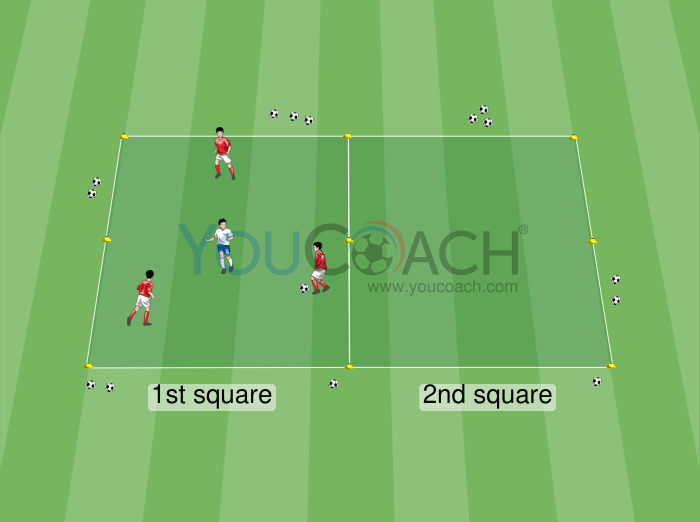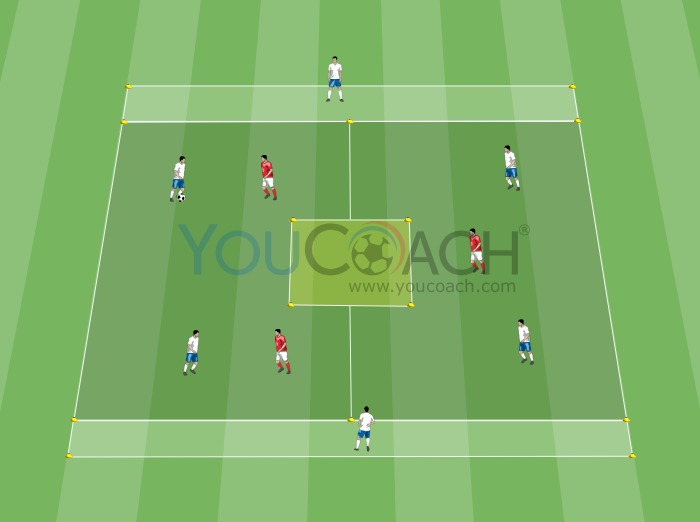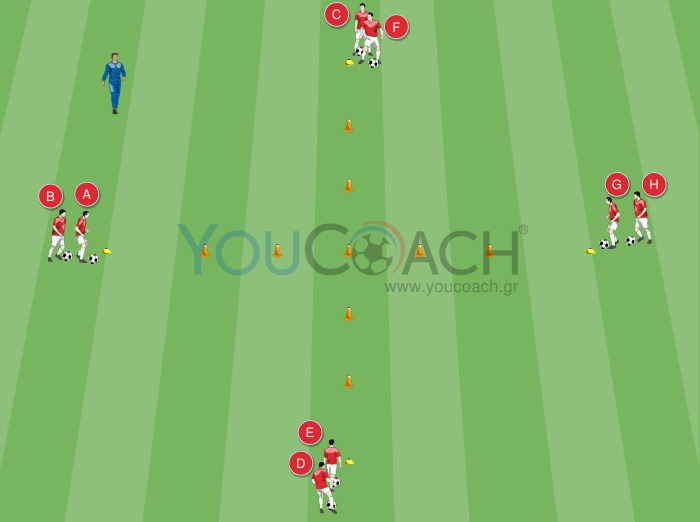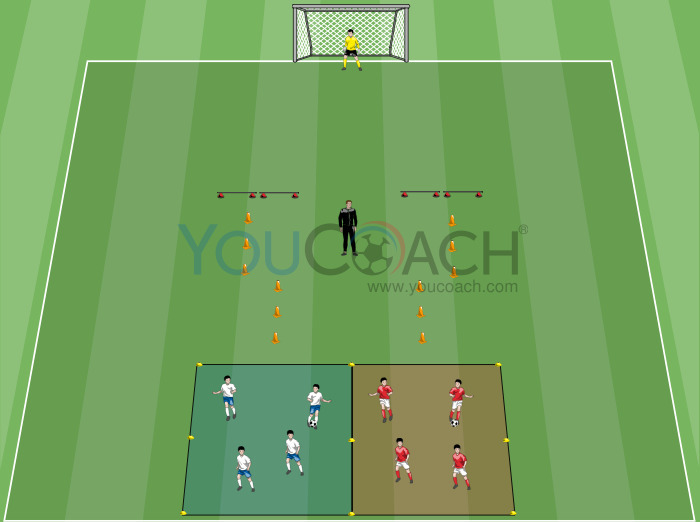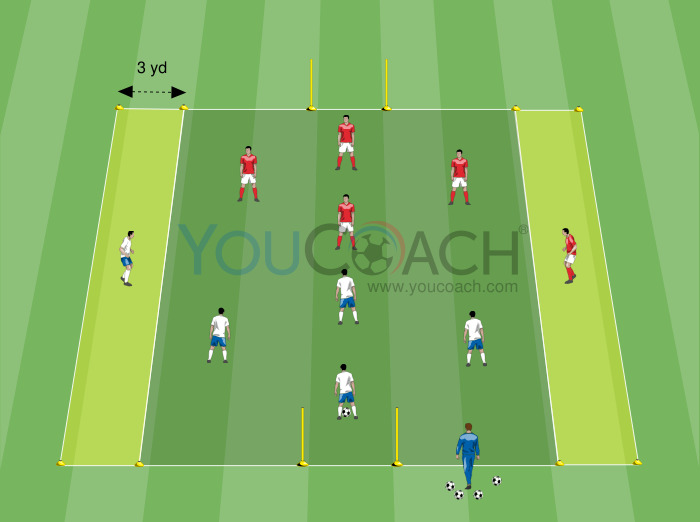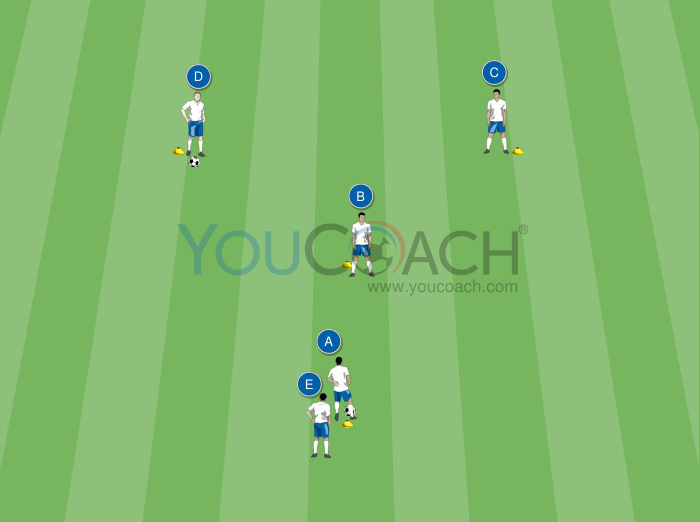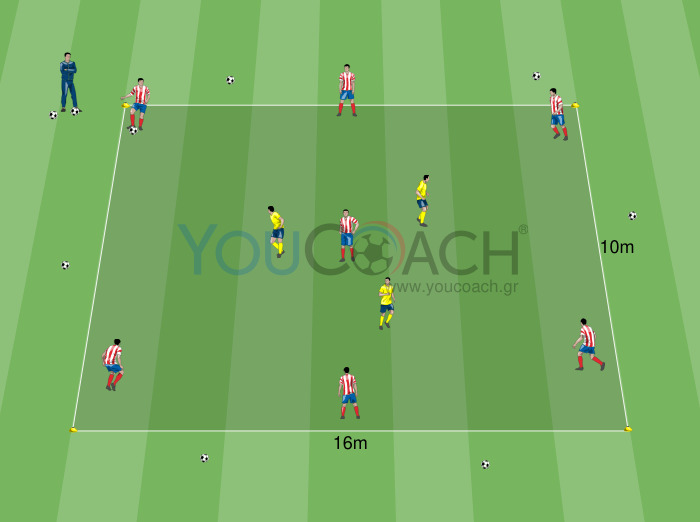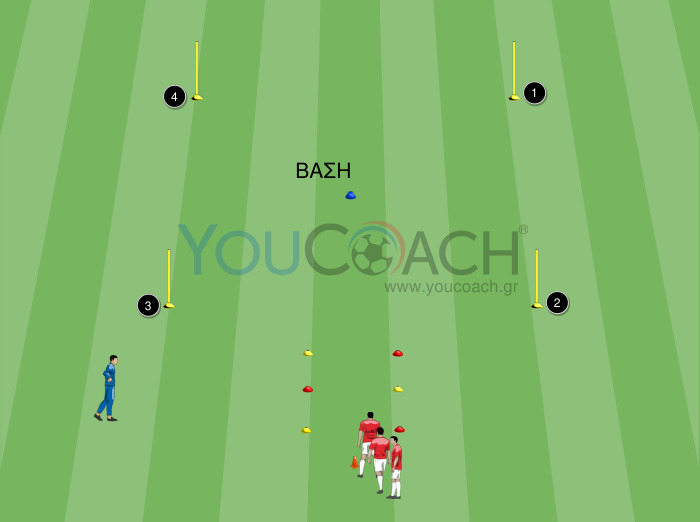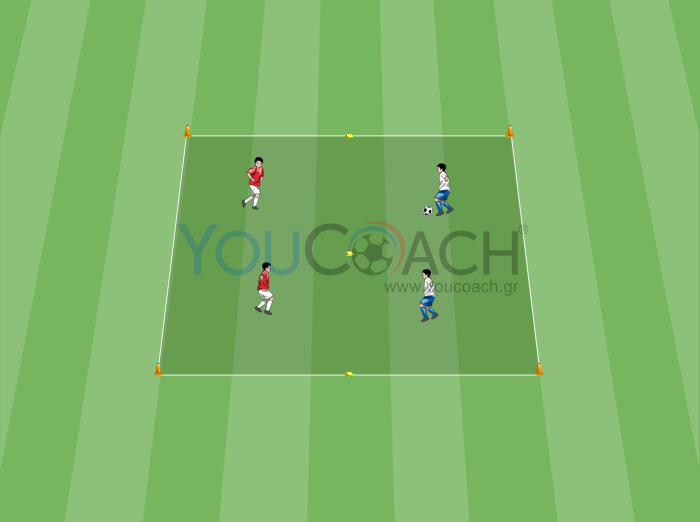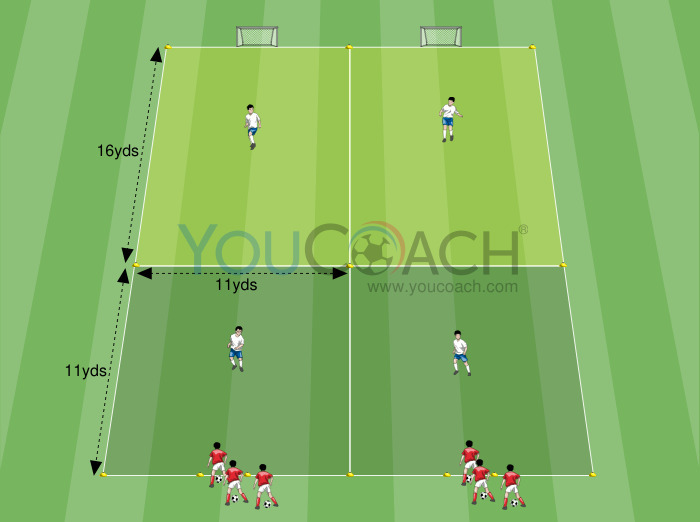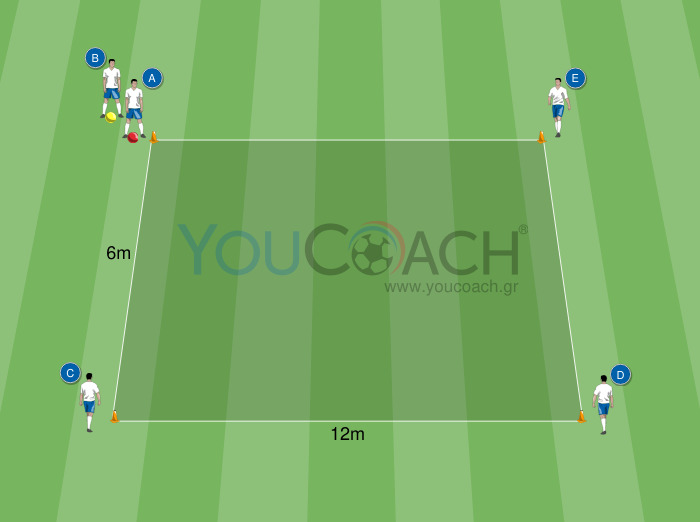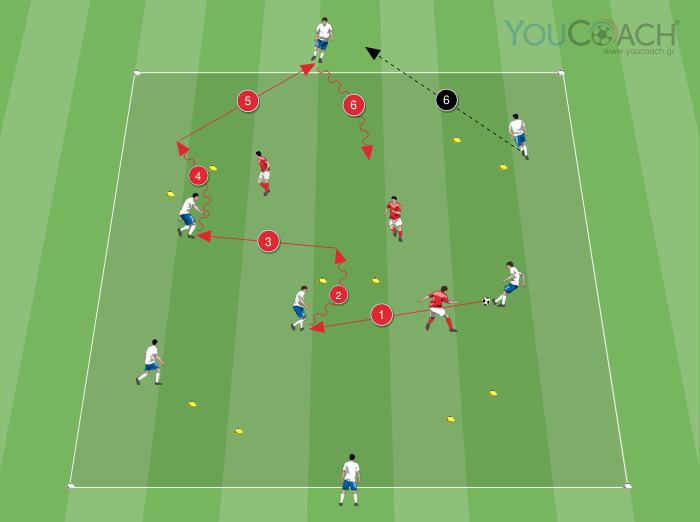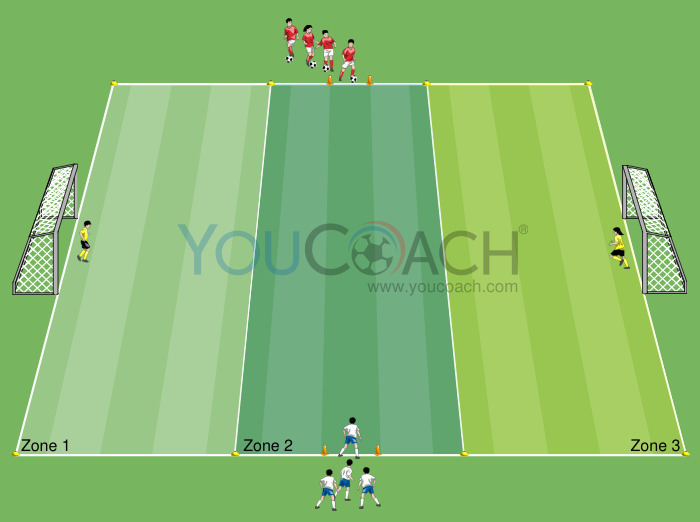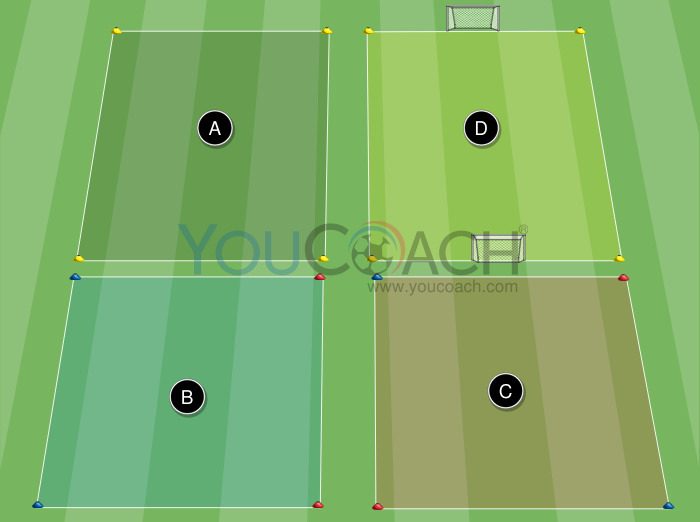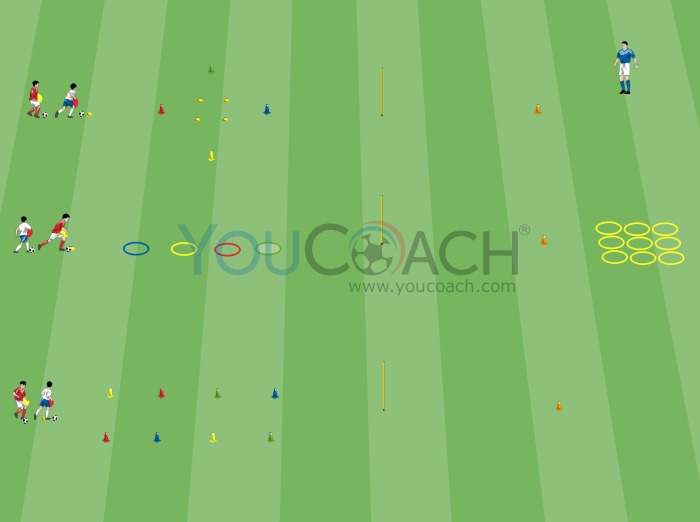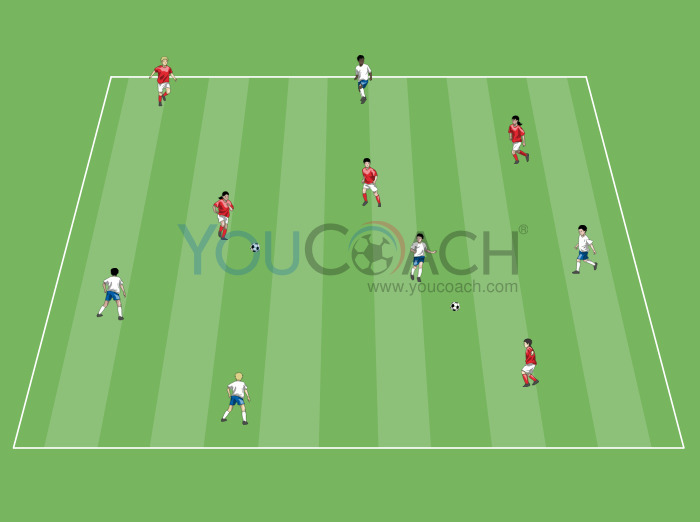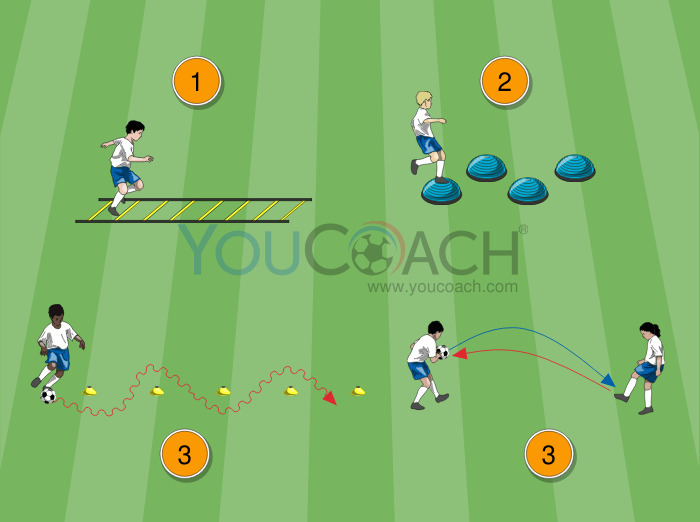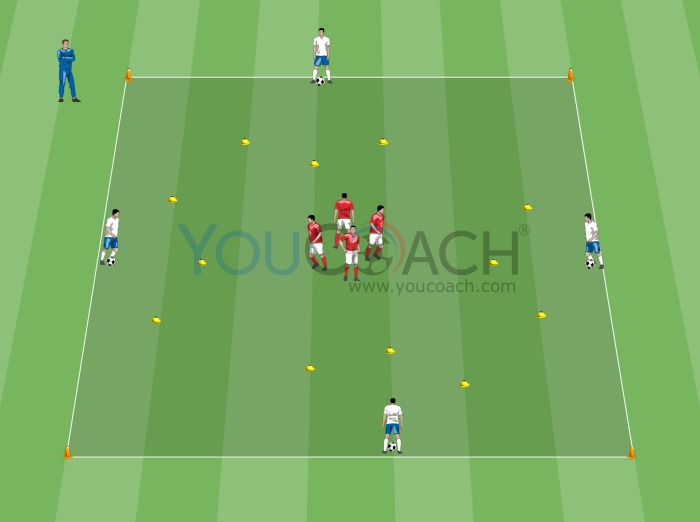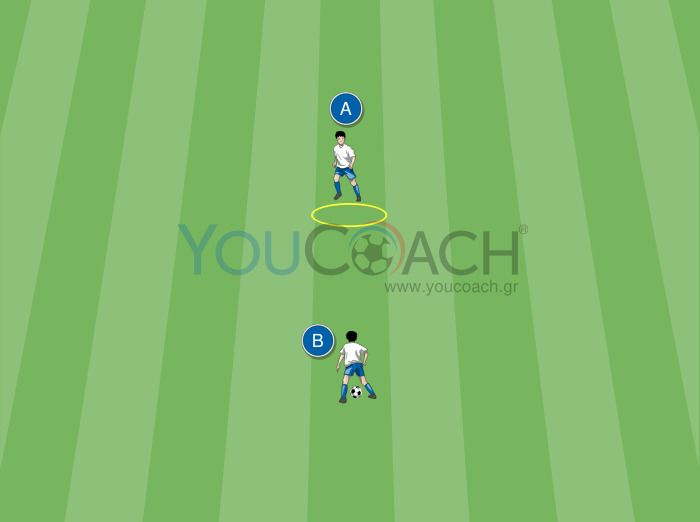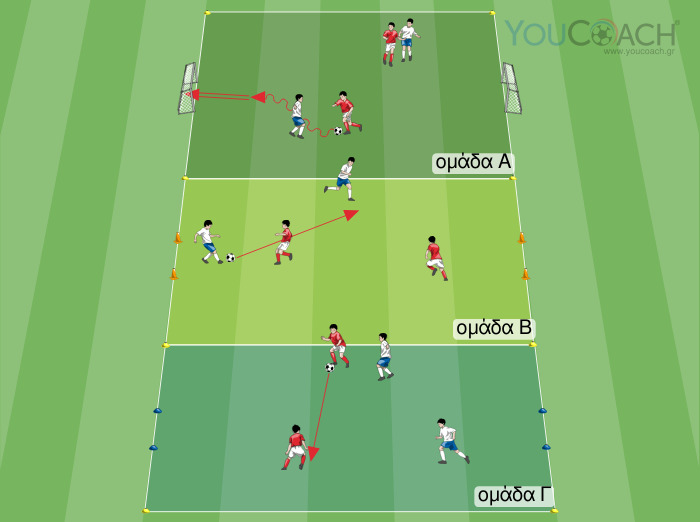Πόνος στη βουβωνική χώρα: όταν η αιτία είναι το σύνδρομο του ορθού προσαγωγού
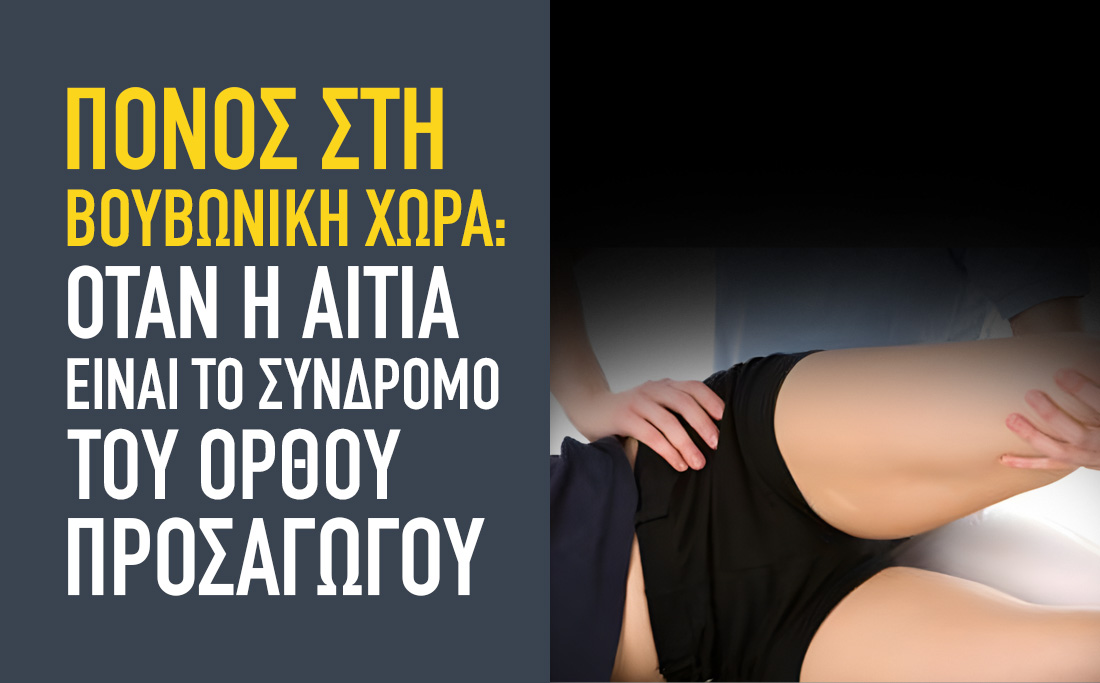
|
Υπάρχουν διάφοροι λόγοι για τον πόνο στη βουβωνική χώρα. Στους αθλητές, το σύνδρομο του ορθού προσαγωγού έχει μεγαλύτερη σημασία. |
 The rectus-adductor syndrome is a form of groin pain caused by microtraumas which consists of a chronic inflammation in the insertion point onto the pubis, that is, of the tendons of the adductors and rectus abdominis (see fig. beside). The inflammation results from a functional overuse or recurrent torsion or traction microtraumas in the region of the tendon insertions of these muscles. Indeed, the pubic region is a confluence point of considerable stress produced by both the abdominal (from above) and the adductor (from below) muscles, and functional overload is facilitated by the tiny space available.
The rectus-adductor syndrome is a form of groin pain caused by microtraumas which consists of a chronic inflammation in the insertion point onto the pubis, that is, of the tendons of the adductors and rectus abdominis (see fig. beside). The inflammation results from a functional overuse or recurrent torsion or traction microtraumas in the region of the tendon insertions of these muscles. Indeed, the pubic region is a confluence point of considerable stress produced by both the abdominal (from above) and the adductor (from below) muscles, and functional overload is facilitated by the tiny space available.BIOMECHANICAL CORRELATIONS OF THE RECTUS-ADDUCTOR SYNDROME
The stability of the pelvis can only be granted by the harmonious interaction of several muscular groups, ligaments and bones. The pubic region being the fulcrum of our body, it is the meeting-conflicting point of the strengths arriving from below (impact with the ground) and from above (weight of the torso). Adductors and abdominal muscles play a major role because of their tight connections with the pubic symphysis. Their actions are antagonistic: for the abdominal muscles and the rectus in particular the direction of the force vector is superior and posterior, whereas for the adductors the direction of the force vector is inferior and anterior. (Fig. 2)

Fig:2: Meeting-conflicting forces and muscular actions
Force distribution of the force of the weight of the torso; Force distribution of the impact on the ground; 3. Abdominals force vector; 4, Adductors force vector.
SYMPTOMS
The rectus-adductor syndrome presents as a local pain in the groin or lower abdominal region that can radiate to the hind limb medial in proximity of the abdominal wall, and less frequently the perineum. Symptoms are usually unilateral, more rarely bilateral. In the early stages pain is light, often silent, sensitive to palpation and does not hinder activity, or it appears during activity and gradually disappears once it is finished. These phases are underestimated in most cases!
In advanced stages activity is impossible, and pain arises even during walking. Social life can also be hampered.
WHAT TO DO?
USEFUL EXERCISES
Following exercises are useful both for the rectus-adductor syndrome prevention and rehabilitation purposes. The exercises should be performed at the end of the practise session or, in any case, after proper muscle warming. Stretching exercises will be held for 30 seconds and muscle relaxation will be promoted during expiration.
- Iliopsoas muscle stretching: muscle tension is perceived as anterior at the hip;


- Ischiotibial muscles stretching: tension is perceived as posterior at the thigh.



- Core stability exercises: There are several variations; the two basic postures are illustrated here, to be maintained for at least 30 seconds (1-2 minutes are recommended).


- Eccentric contractions of the adductors: The athlete is in the supine position, knees bent and feet flat on the pavement. The request is to contract adductors so as to bring the knees closer together. The therapist not only opposes the contraction but stretches the player’s legs apart, thus causing an eccentric contraction of the adductors. 3 series of 10-15 repeats are recommended.

- Eccentric contractions of the abdominal rectus muscles: Beginning from the position illustrated in the figure the athlete extends the hip, keeping the knee extended until his heels are 5-10 cm from the ground. At this moment the therapist or a teammate brings the legs back to the starting position. 3 series of 10-15 repeats are recommended.

- Arbasseti C. 2011, Il trattamento manuale della sindrome retto-adduttoria;
- Bisciotti N. 2009, La Pubalgia dello Sportivo, Inquadramento clinico e strategie terapeutiche;
- Holmich 1999; Effectiveness of active physical training as treatment for long-standing adductor-related groin pain in athletes: randomised trial;
- Marcon F. 2015, Revisione della letteratura con metanalisi sull'efficacia della terapia manuale e dell'esercizio terapeutico nel trattamento della pubalgia nello sportivo.
- Valent A. 2012, Insertional tendinopathy of the adductors and rectus abdominis in athletes: a review.
- Weir A. 2011; Manual or exercise therapy for long-standing adductor-related groin pain: a randomised controlled clinical trial.


